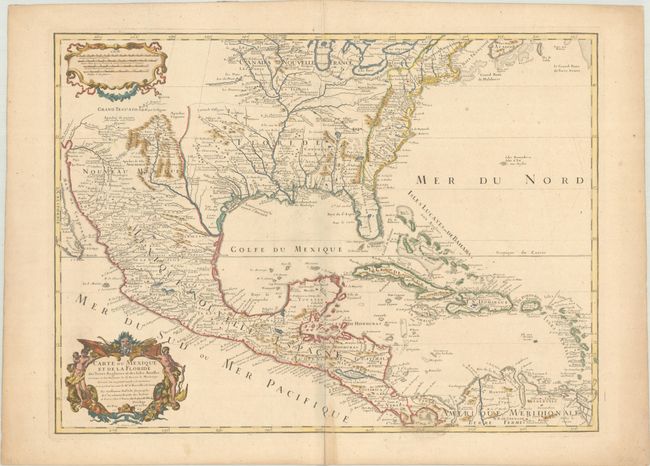Catalog Archive


Auction 194, Lot 85
Landmark in American Cartography - First Printed Map to Accurately Depict the Mouth of the Mississippi River
"Carte du Mexique et de la Floride des Terres Angloises et des Isles Antilles du Cours et des Environs de la Riviere de Mississipi...", Delisle, Guillaume

Subject: Colonial Eastern North America & West Indies
Period: 1703 (dated)
Publication:
Color: Hand Color
Size:
25.6 x 18.8 inches
65 x 47.8 cm
Download High Resolution Image
(or just click on image to launch the Zoom viewer)
(or just click on image to launch the Zoom viewer)